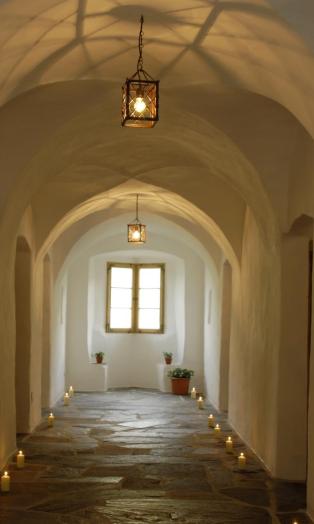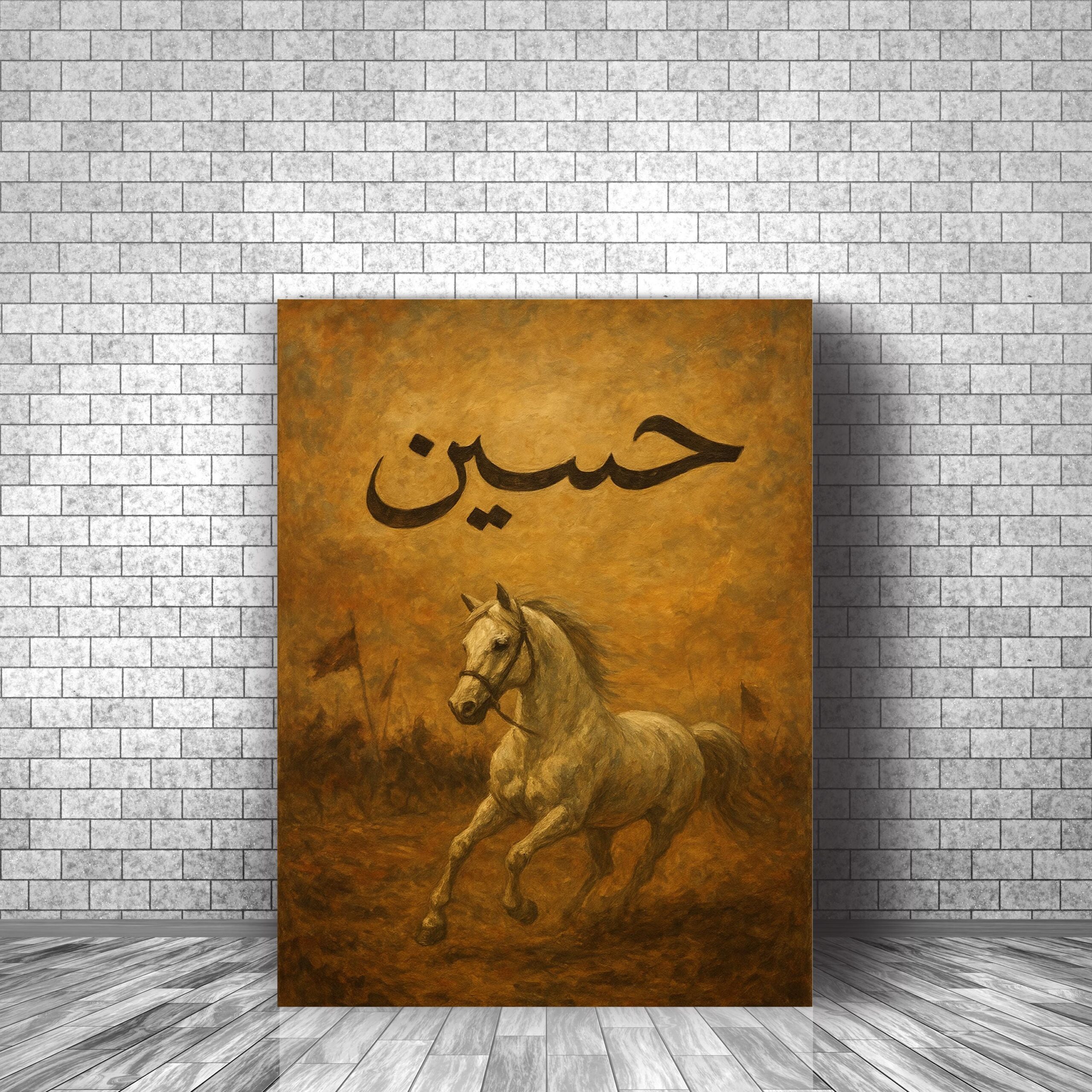Arabian Horses in Popular Culture and Literature

Arabian horses have captivated human imagination for centuries, symbolizing beauty, endurance, and nobility. Their influence extends far beyond the stables, permeating various aspects of popular culture and literature worldwide.
Historical and Cultural Significance
Originating from the Arabian Peninsula, these horses are one of the oldest and most recognizable horse breeds. Revered by Bedouin tribes, Arabian horses were prized for their speed, stamina, and loyalty. Their distinctive features—arched necks, high tail carriage, and refined heads—have made them iconic symbols in art and storytelling.
Arabian Horses in Literature
Arabian horses have been featured prominently in classical and modern literature. They often symbolize freedom, power, and exotic beauty. Some notable examples include:
- “The Black Stallion” series by Walter Farley: Showcases the bond between a boy and a wild Arabian stallion.
- “Arabian Nights” (One Thousand and One Nights): Contains numerous tales where Arabian horses play crucial roles.
- Poetry and epics: Many Middle Eastern poets have celebrated the Arabian horse as a metaphor for grace and strength.
Representation in Popular Culture
Arabian horses appear frequently in films, television, and art. Their elegant appearance and storied history make them favorites for depicting nobility and adventure. Examples include:
- Movies like “The Black Stallion” and “Hidalgo”.
- Television series featuring Arabian horses as symbols of heritage and freedom.
- Artworks and sculptures inspired by their graceful form.
SEO-Friendly Table: Key Attributes and Cultural Roles
| Attribute | Description | Cultural Role |
|---|---|---|
| Speed and Stamina | Known for exceptional endurance and speed | Symbol of freedom and resilience |
| Distinctive Looks | Arched neck, high tail, refined head | Iconic in art and storytelling |
| Historical Legacy | One of the oldest horse breeds | Emblem of nobility and heritage |
Frequently Asked Questions (FAQ)
Q1: Why are Arabian horses so popular in literature?
A1: Their unique beauty, historical significance, and symbolic meanings of freedom and strength make them compelling characters in stories.
Q2: What makes Arabian horses different from other breeds?
A2: Their physical characteristics, such as a dished face and high tail carriage, combined with their endurance and temperament, set them apart.
Q3: How have Arabian horses influenced popular culture?
A3: They have inspired countless works of art, films, and literature, often representing ideals like nobility, adventure, and exoticism.
Arabian horses continue to inspire and enchant audiences around the world, bridging the gap between history and modern storytelling with their timeless allure.
